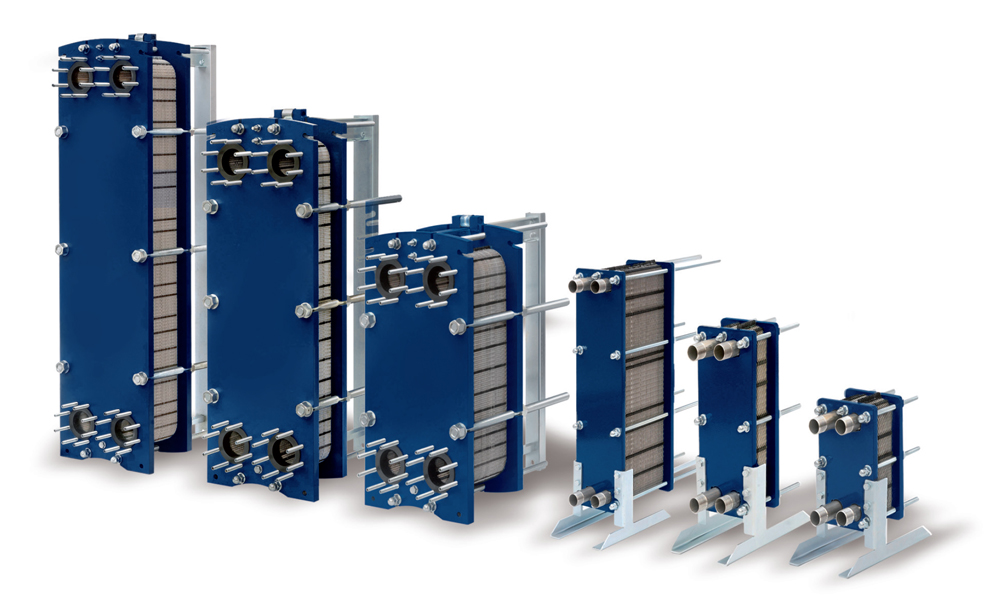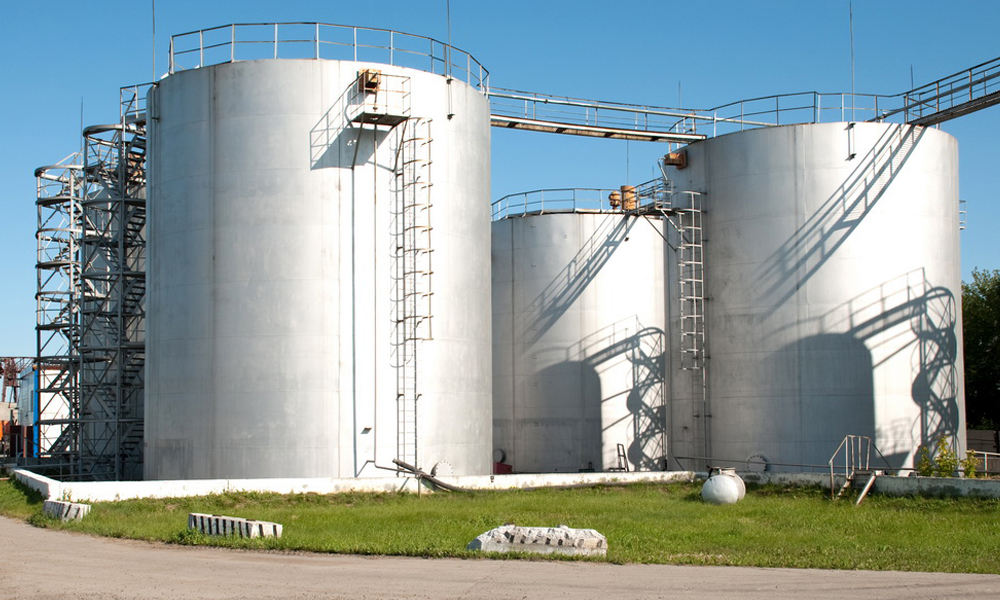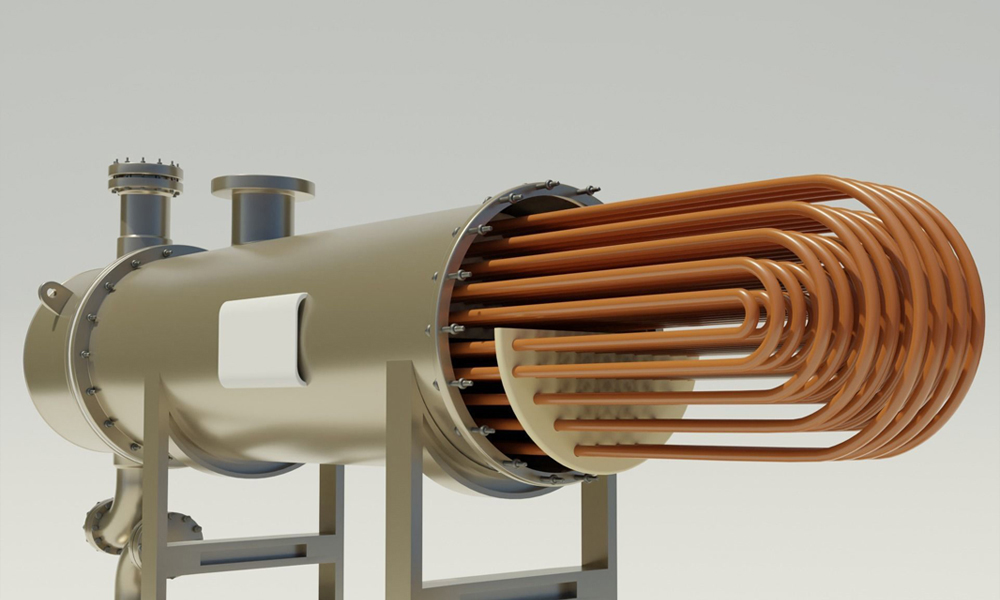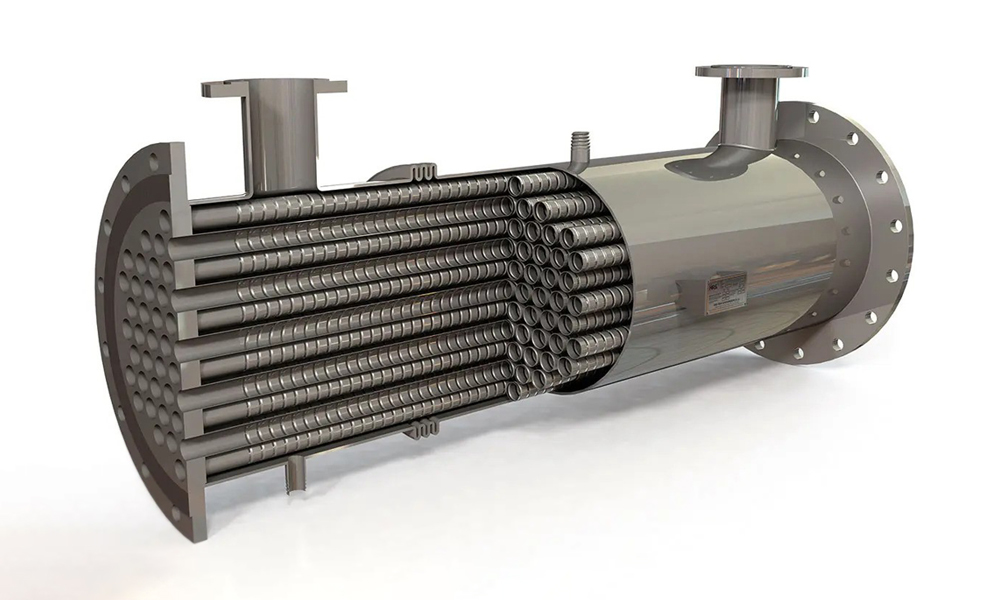In the oil, gas, and petrochemical industries, heat exchangers play a vital role in optimizing energy processes. Petrosazeh Beinolmelal Aram Co. (Petrosazeh), leveraging extensive technical experience and up-to-date engineering knowledge, has consistently emphasized strict compliance with international standards in the design of heat exchangers. Adhering to these standards not only ensures quality and safety but also significantly improves energy efficiency and equipment longevity. The following discusses the most important global standards for heat exchanger design and their role in refinery applications.
Importance of Complying with International Standards in Heat Exchanger Design
Compliance with international standards forms the foundation for ensuring the safety, efficiency, and reliability of equipment under harsh industrial conditions. These standards provide precise criteria for design, material selection, thermal calculations, and performance testing.
In refinery environments, where high temperature and pressure conditions prevail, even minor design errors can lead to serious accidents. International standards also promote global equipment compatibility, meaning that a heat exchanger designed according to TEMA or ASME can be used in different countries without major modifications, facilitating equipment export and global cooperation.
Moreover, adherence to standards drives innovation — engineers can confidently adopt new materials and compact designs to enhance efficiency and reduce energy consumption while maintaining safety and reliability.
TEMA Standard – The Core Reference for Shell and Tube Exchanger Design
The TEMA (Tubular Exchanger Manufacturers Association) standard is recognized as the most authoritative reference for shell and tube heat exchanger design. It defines three main classes:
- Class R: Heavy-duty applications such as refineries
- Class C: General industrial applications
- Class B: Chemical industry applications
TEMA provides detailed specifications for materials, dimensions, pressure tolerance, welding procedures, and cleaning methods. For example, a BEU-type exchanger with U-tubes is ideal for high-temperature variation environments, as it allows tube expansion and prevents thermal stress.
Petrosazeh designs exchangers in full compliance with Class R requirements, ensuring exceptional resistance to high pressure, corrosion, and thermal shock. The standard also emphasizes maintainability, with features such as removable bundles that simplify inspection and service.
ASME Standard – Ensuring Safety Under High Pressure
The ASME Section VIII standard governs the design of pressure vessels, including heat exchangers. It covers all stages from design and material selection to welding and final testing, ensuring product integrity through the U-stamp certification.
In refinery environments where operating pressures are extremely high, adherence to ASME prevents structural failure and potential hazards.
- Section IX defines welding requirements.
- Section II specifies approved materials.
ASME also mandates non-destructive examinations (NDE) such as radiographic, ultrasonic, and hydrostatic testing, ensuring that even the smallest defects are detected before commissioning. By rigorously implementing ASME standards, Petrosazeh manufactures exchangers that perform safely and reliably under the most demanding refinery conditions.
API Standard – Specialized Design for Oil and Gas Industries
The API 660 standard specifically applies to shell and tube heat exchangers used in oil, gas, and petrochemical facilities. It focuses on mechanical design, corrosion-resistant materials, and performance testing.
API 660 ensures optimal fluid distribution and heat transfer through proper internal structure design, including baffle spacing and tube sheet configuration, minimizing fouling and maintaining efficiency.
The standard also enforces stringent hydrostatic and pneumatic tests to prevent leaks and ensure environmental safety. Compliance with API 660 contributes to reduced pollution, extended equipment life, and consistent long-term performance.
Petrosazeh designs exchangers based on API 660 for superior resistance to corrosive fluids and harsh refinery operating conditions.

European and ISO Standards – A Global Design Approach
In Europe, EN 13445 and the Pressure Equipment Directive (PED) are widely used for designing and manufacturing pressure equipment, including heat exchangers. Compliance enables manufacturers to obtain the CE mark, simplifying equipment export to European markets.
Additionally, ISO 13706 governs the design of air-cooled heat exchangers (ACHEs), with a focus on thermal performance and energy efficiency. The PD 5500 standard, used in the UK, serves a similar role to ASME and is commonly applied to unfired pressure vessels.
Practical Application of Standards in Refinery Heat Exchanger Design
In refinery design, these standards directly influence material selection, design calculations, and mechanical layout.
Key thermal design methods include:
- LMTD (Log Mean Temperature Difference)
- NTU (Number of Transfer Units)
Material selection — such as stainless steel, nickel alloys, and titanium — depends on the process fluid to ensure corrosion resistance.
Accurate baffle spacing design and flow simulation using engineering software help enhance performance and reduce fouling.
Petrosazeh applies these engineering principles and standards in all projects to ensure safe, stable, and long-term operation.
Innovation and Modern Technologies in Heat Exchanger Design
Recent advancements in digital technologies and advanced materials are revolutionizing heat exchanger design.
Key innovations include:
- IoT sensors for real-time temperature and pressure monitoring
- Predictive analytics for failure prevention
- Lightweight composite materials offering high strength and corrosion resistance
Maintenance and Inspection Based on Global Standards
Proper maintenance of heat exchangers follows ASME and TEMA guidelines. Periodic inspections involve leak testing, wall thickness monitoring, and chemical cleaning. Non-destructive testing methods such as Magnetic Particle Testing (MPT) and Ultrasonic Testing (UT) are used to assess structural integrity.
Petrosazeh provides after-sales technical services and specialized maintenance, extending exchanger lifespan and maintaining operational efficiency.

Conclusion
International heat exchanger design standards are the cornerstone of success in refinery operations. Petrosazeh Beinolmelal Aram (IPS), by adhering to these global standards and incorporating modern technologies, has developed products that meet the most demanding international requirements — ensuring efficient and reliable performance across major oil and gas projects.
References:







